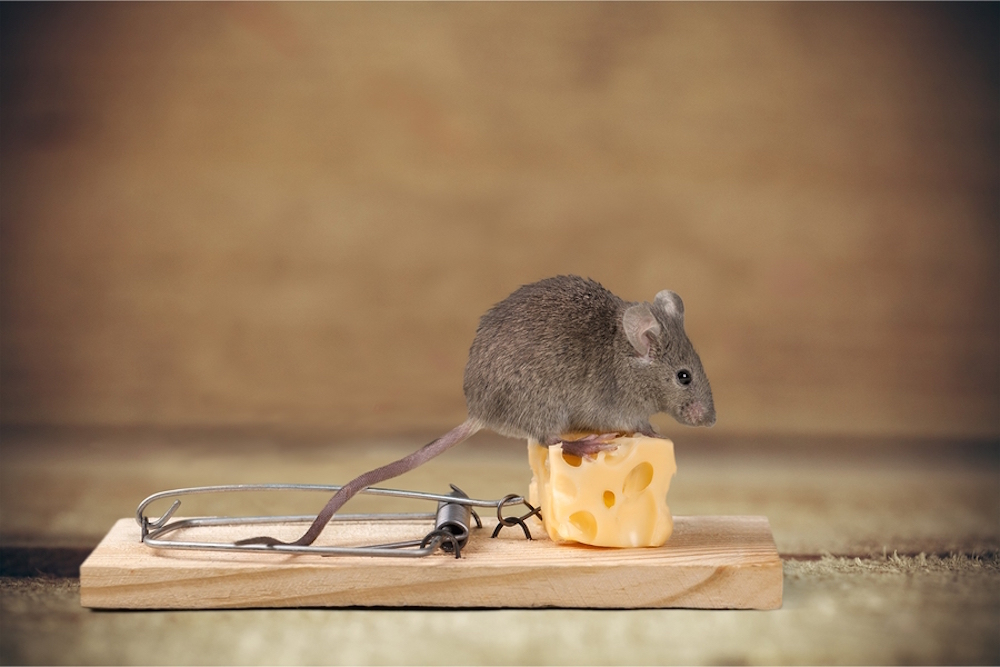House Mouse: A Small but Tenacious Home Invader

The house mouse, scientifically known as Mus musculus, is one of the most common and widely distributed rodents in the world. While these small creatures might appear harmless, they can become a significant nuisance when they find their way into our homes. In this article, we'll delve into the world of the house mouse, exploring its characteristics, behavior, and how to effectively manage and prevent infestations.
1. Meet the House Mouse:
The house mouse is a small rodent typically measuring around 5 to 7 inches in length, including its tail. These mice are known for their adaptability and ability to thrive in a wide range of environments.

2. Characteristics of House Mice:
-
Physical Features: House mice have small, slender bodies covered in soft fur. They are usually light brown or gray with a lighter-colored belly. Their tails are long, scaly, and nearly as long as their bodies.
-
Reproduction: House mice are prolific breeders, with females capable of giving birth to several litters each year, each consisting of five to six pups.
3. Behavior and Habitats:
-
Nocturnal: House mice are primarily nocturnal, meaning they are most active during the night when their presence often goes unnoticed.
-
Nesting: House mice build nests in warm, hidden places within homes. Common nesting sites include wall voids, attics, basements, and crawl spaces.
4. Diet:
- Omnivores: House mice are omnivorous and will eat a wide range of foods, including grains, seeds, fruits, and even insects. Their ability to adapt their diet to available resources makes them resilient pests.
5. Health Concerns:
- Disease Carriers: House mice can transmit diseases to humans through their feces, urine, and saliva. Diseases like Hantavirus and Salmonellosis have been linked to house mouse infestations.
6. Managing House Mouse Infestations:
-
Identification: Early identification of a house mouse infestation is crucial. Look for signs such as droppings, gnawed items, and squeaking or rustling sounds at night.
-
Sanitation: Keep your home clean and clutter-free, as house mice are attracted to food sources and nesting materials. Seal food in airtight containers and promptly clean up spills and crumbs.
-
Sealing Entry Points: Thoroughly inspect your home for any cracks, gaps, or holes that could serve as entry points for mice. Seal these openings with caulk, steel wool, or other appropriate materials.

7. Professional Pest Control:
If you suspect a significant infestation or find it challenging to manage the problem on your own, consider enlisting the services of a professional pest control expert who can employ safe and effective methods to eliminate house mice from your home.
The house mouse may be small in size, but its presence in your home can lead to significant disruptions and health concerns. By understanding their characteristics, behavior, and implementing effective prevention measures, you can mitigate the risks associated with house mouse infestations. Remember that early detection and proactive action are key to keeping your home free from these tenacious home invaders.

